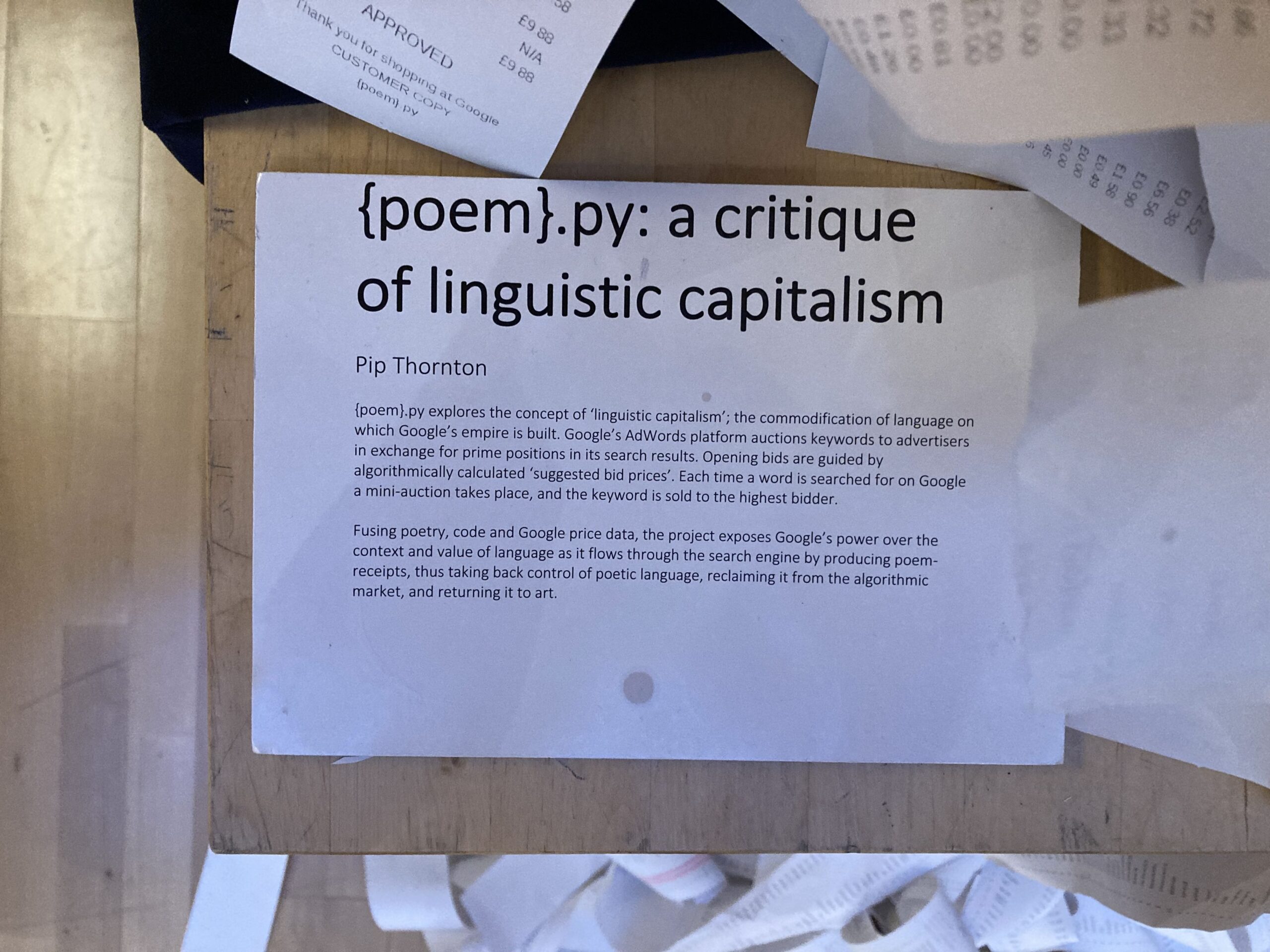SEO 2022: for and by the people

Q: How do I get to No. 1 in Search? A: Originality and humanity
In 2015, we started using the slogan “Clever content. Made by humans”. It was our way of talking about warm, expert and helpful content. It wasn't against SEO, but merely saying that other qualities can complement it.
Imagine our delight, then, when we saw that Google has explicitly adopted a similar philosophy regarding the content they aim to prioritise in Search. In a recent blog post, the company claimed that its new updates will highlight “original content by and for real people”. Sounds familiar, doesn’t it? Or, at least, we’d like to think so.
Google says the recent SEO updates are “based on hundreds of thousands of quality tests” which – gasp – included “gather[ing] feedback from human reviewers”.
To be fair, Google’s new approach is not miles from the one espoused in its 2015 Search Quality Evaluator Guidelines. These centered around two acronyms: EAT (Expertise, Authoritativeness, Trustworthiness) and YMYL (Your Money or Your Life).
The first is self-explanatory – it simply means Google has tailored its algorithm to seek out content that displays the eponymous traits. YMYL refers to websites or pages that Google thinks could have real-world effects on users. If these pages do not abide by EAT principles, Google promises to axe them from Search.
How do I get to No. 1 in Search?
It may not always have succeeded in doing so – hence the need for continual updates, by its own admission. But if you compare what appears on the first page of Search to the many petrabytes (that’s billions of gigabytes) of data it stores, it’s hard to argue that Google hasn’t had some degree of success in following these guidelines.
In the wild west days of the Internet, all it took to get your website to rank highly in the SERPs (search engine results pages) was to use your keyword more times than your competitors. If they had “best content agency” 98 times across their webpage and meta tags, you could guarantee yourself the number one spot with 99 instances.
As the algorithms became more sophisticated, an entire field spawned to do what once could have been accomplished by hiding the words “best content agency” in white text against the white background of your page. This field is called SEO. You may have heard of it.
How do I get to No. 1 in Search?
There have been various forms of public pushback against these algorithm appeasement practices.
Sometimes, it’s simply a matter of people being frustrated with inconveniences that result from the model.
For example, it was once common for articles to be split into bite-sized chunks. To see the next part, the reader would have to click the Next button or arrow, avoiding trickster ads in the process. This was done to increase the number of page views on the site, thereby boosting the article’s SEO value. By now, the practice has largely fallen by the wayside, other than on certain unscrupulous sites.
Then there’s the oft-memed and generally decried phenomenon of recipe writers sharing their life stories before telling you how many cups of self-raising flour you’ll need for your Victoria sponge.
The extra text is there to increase dwell time, an important tool to improve a page’s ranking in the SERPs. But, generally, people either don’t realise this or don’t care. After all, when your hands are covered in goo and you’ve got hungry people waiting, you’re usually in the mood for a meandering saga.
In this case, there was a miracle solution. The Jump to Recipe button allows bakers to have their cake and eat it too, all without scrolling past miles of text, and simultaneously permits food bloggers to optimise their content to their hearts’ content.
Other criticisms cut closer to the heart of the matter. Take, for example, this art installation housed at an Edinburgh Fringe venue this year, which critiques “Google’s power over the context and value of language”.
It would be hard – if not impossible – to completely refute this accusation without breaking the foundation of the search engine. But, for what it’s worth, the new algorithm does promise to be more forgiving to poetry.
How do I get to No. 1 in Search?
Now, not only are we definitively past the era of keyword stuffing, but Google is doubling down on its search for human-centric content. Thankfully the 2015 acronyms don’t seem to have gone the way of the old “Don’t be evil” motto, which was surreptitiously changed during corporate restructuring the same year they were introduced.
In 2022, Keywords matter more than ever; crude, hollow, useless content doesn't.
The solution is, wait for it, a “holistic approach” to keywords in 2022. This universally beloved piece of jargon means covering all the basics (i.e. featuring the keyword in the title tag, H1 tag, meta description and schema tags; optimising images for the keyword; if possible, increasing the amount of keyword-related content on the page; placing a red carpet at the keyword’s feet and hand-feeding it grapes). All this without losing sight of the target customer’s needs.
In other words, it means writing good content that people interested in the keyword will want to read while also politely shouting that this is what you’re doing since the algorithm can’t yet determine intent from the ones and zeros your beautiful prose becomes.
At least for now, it seems humanity wins. We won’t dwell too long on the conundrum of the fact this win for humanity was in part due to advances in AI. (See our thoughts on linguistic AI for some of that).
Instead, let’s celebrate the “helpful content update”. And, if it happens to be one that benefits writers and readers, far be it from us to moan.







